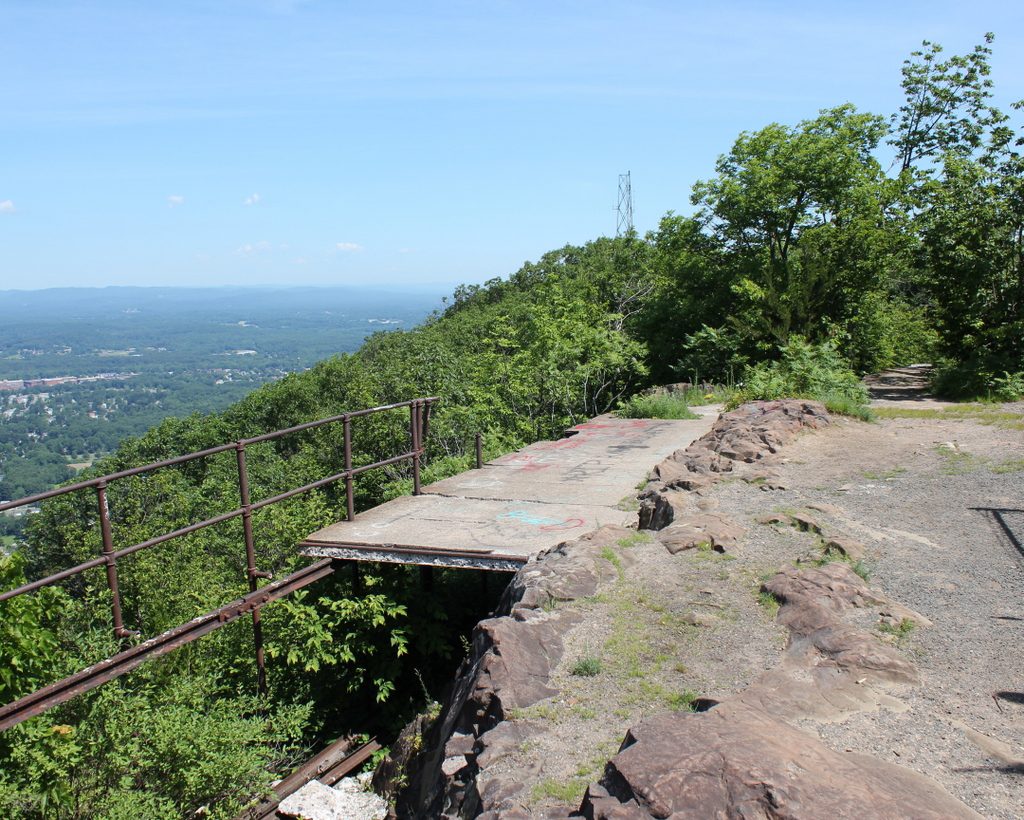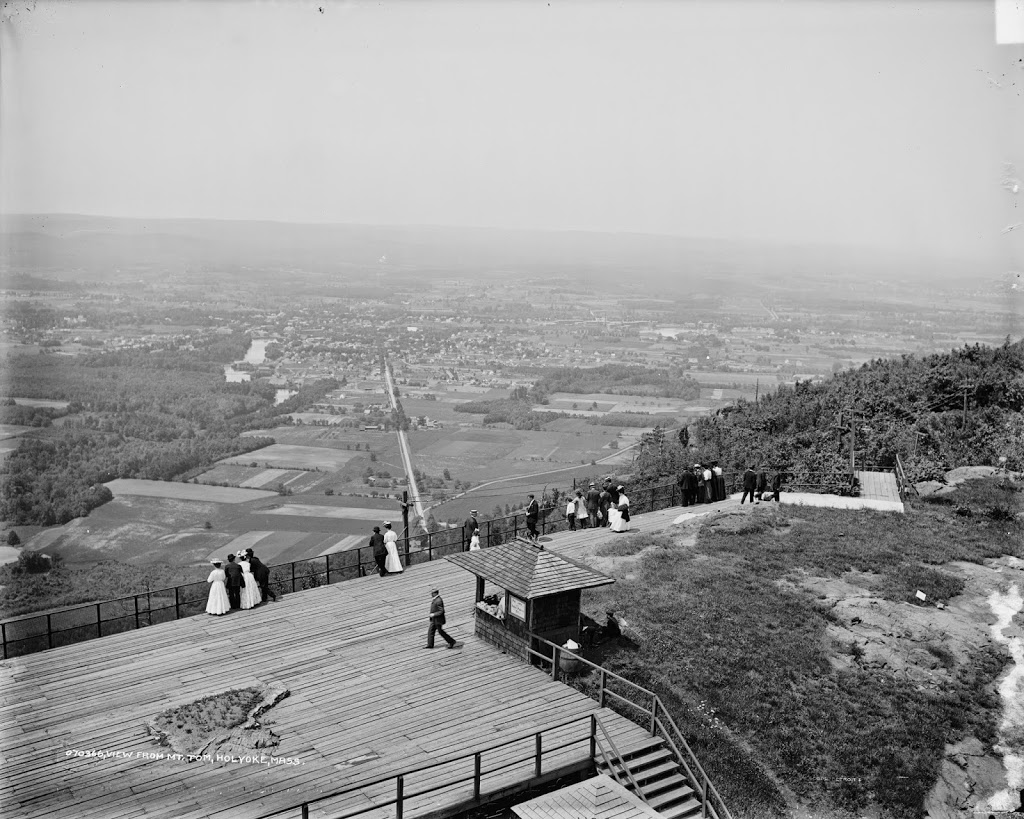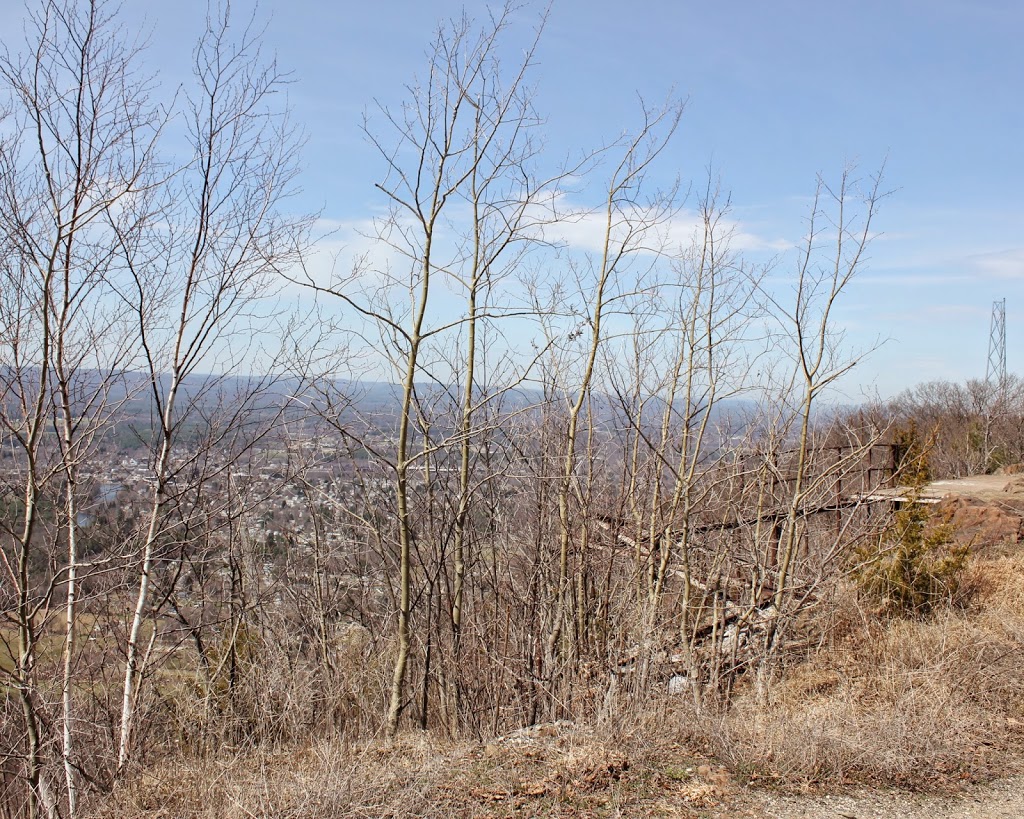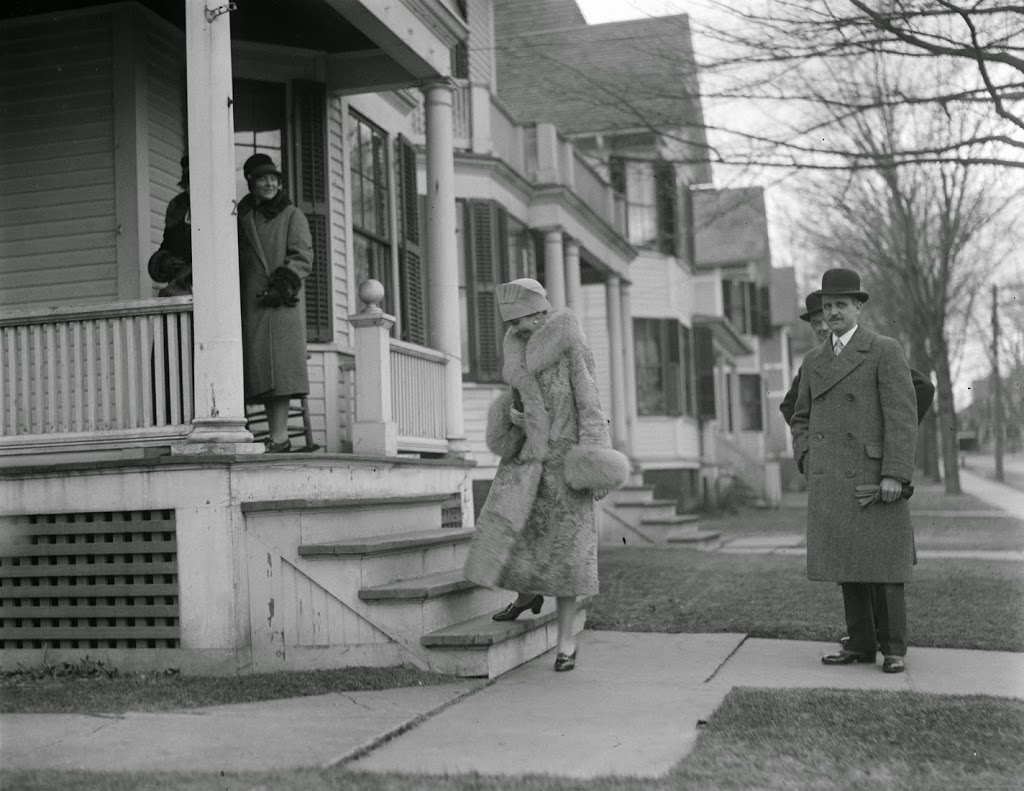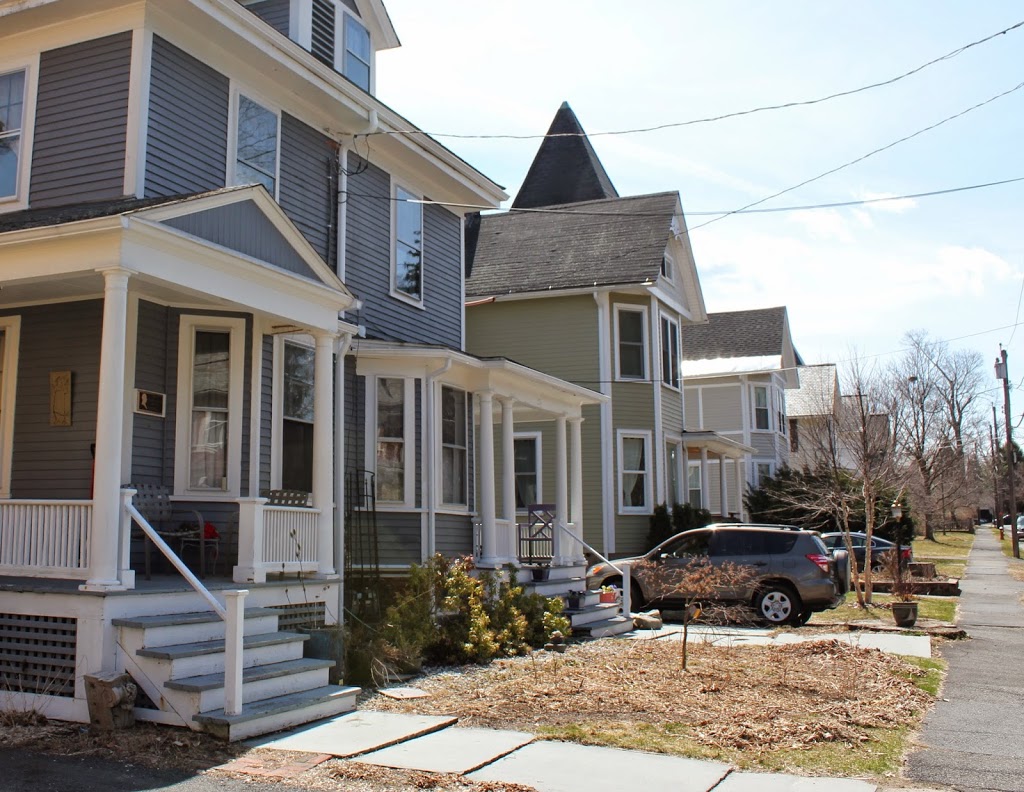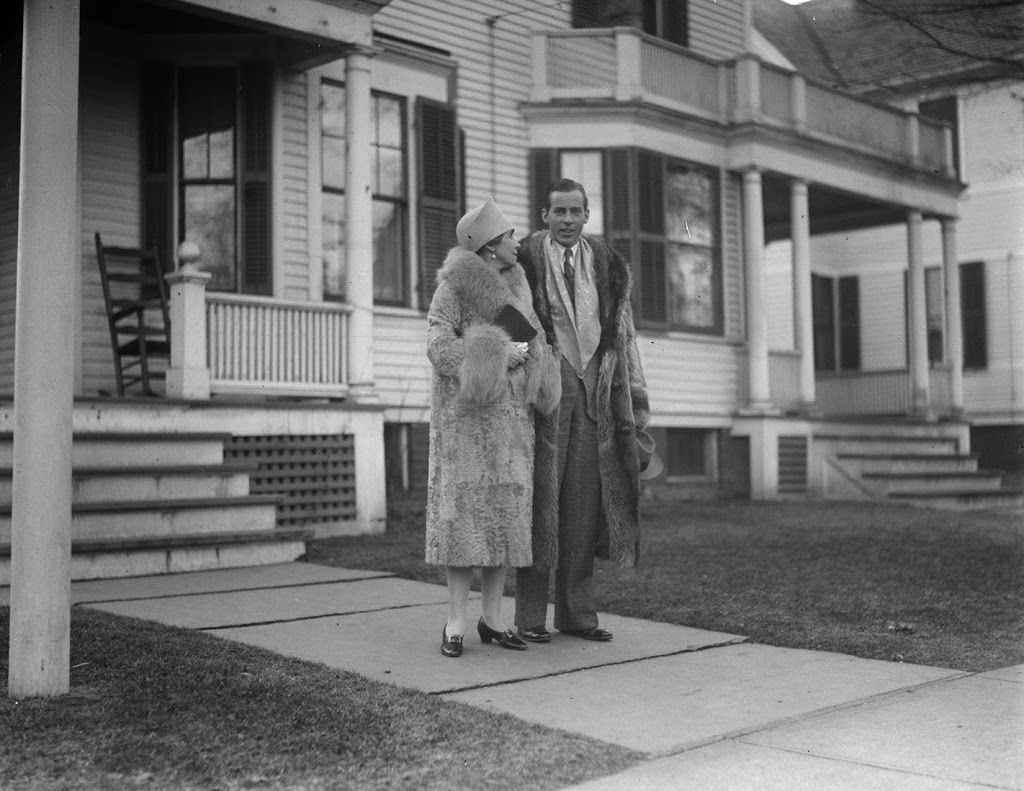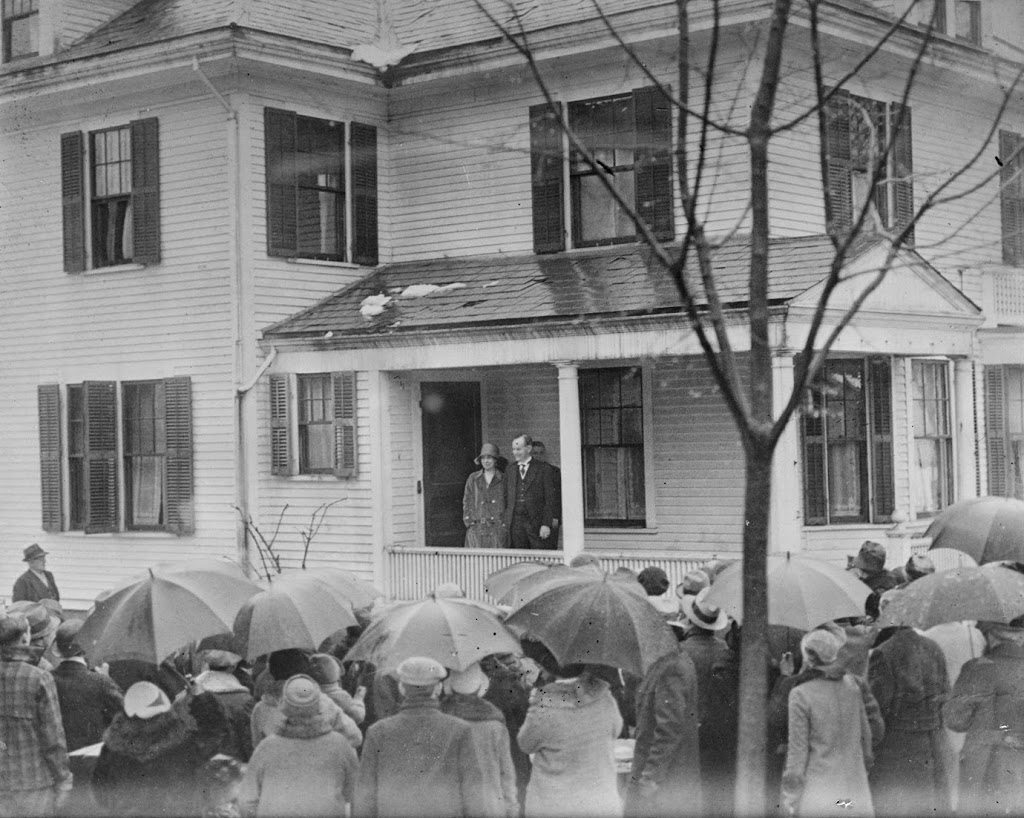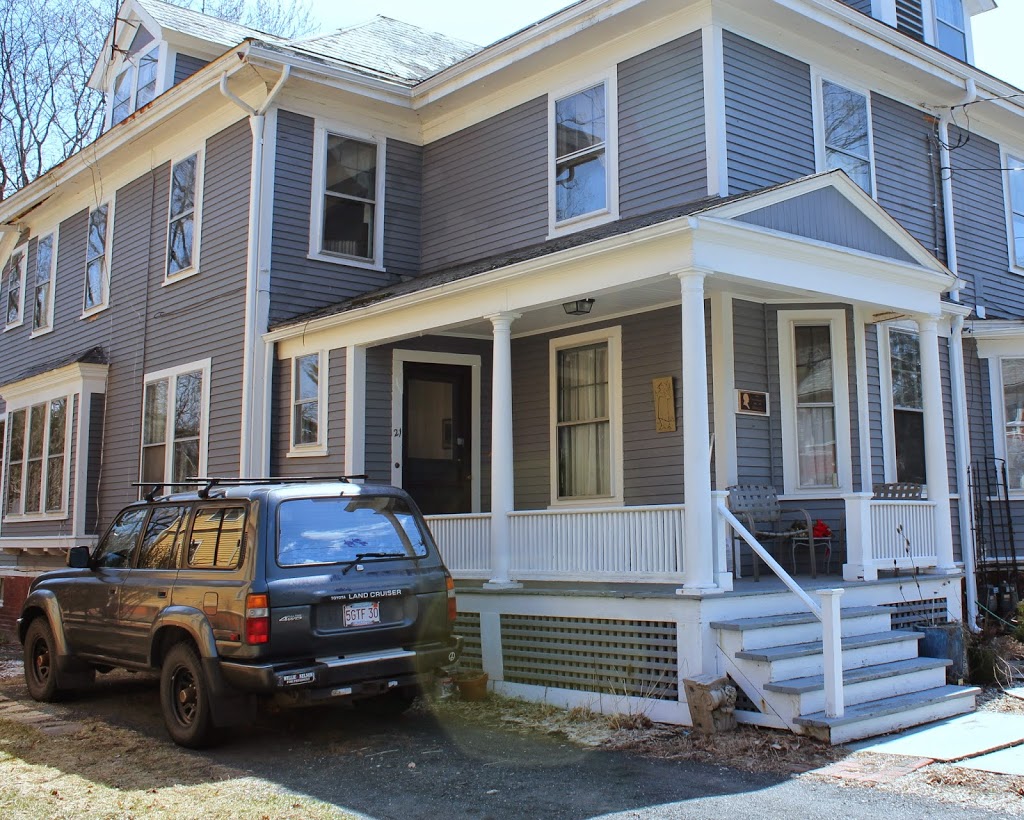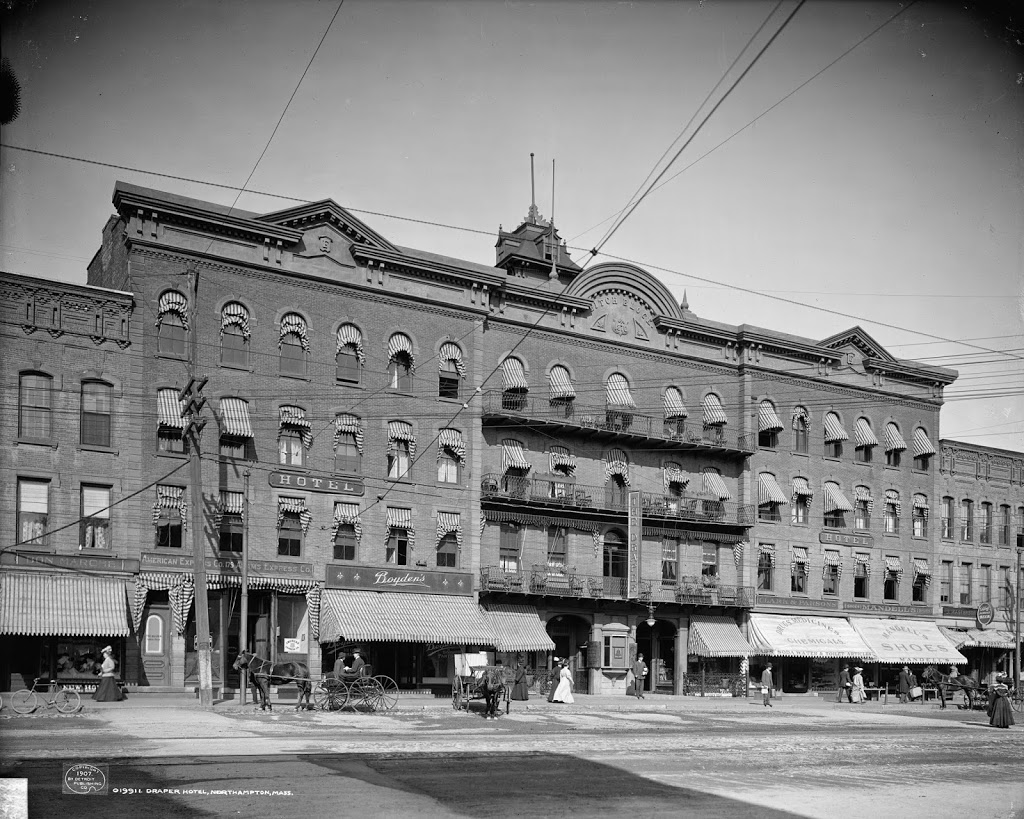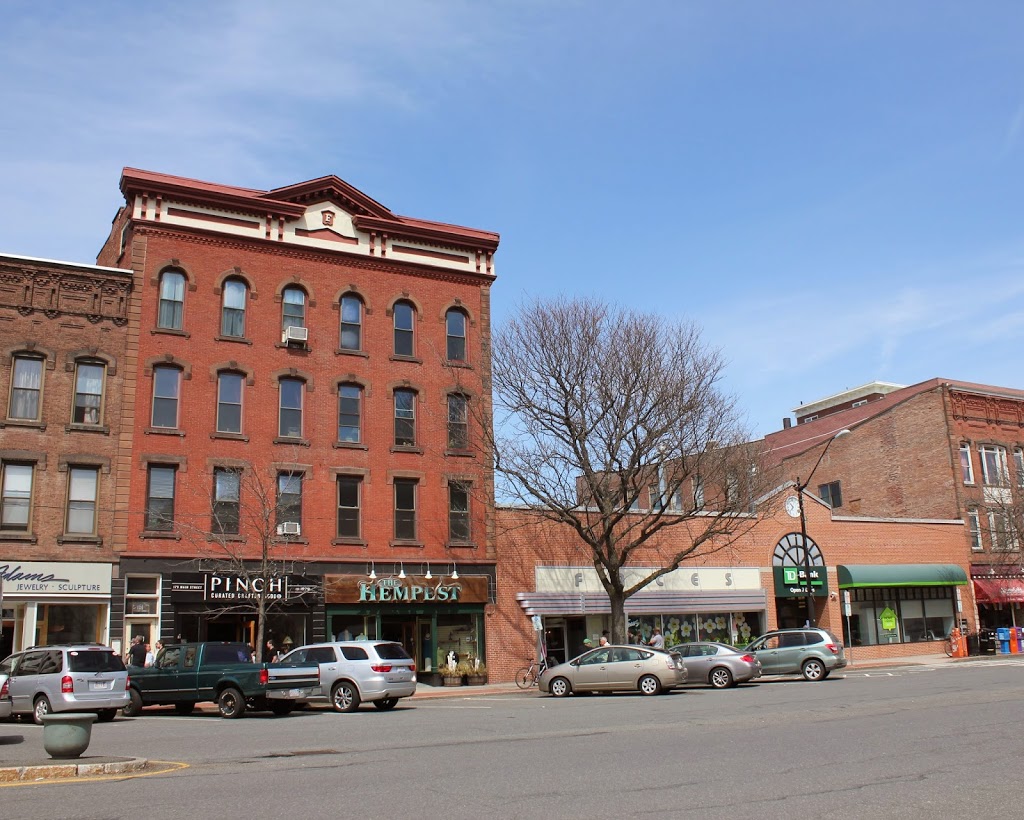The view looking north from the Mount Tom Summit House, between 1900 and 1915. Image courtesy of the Library of Congress, Detroit Publishing Company Collection.
The scene in 2019:
As with the previous photo, it wasn’t possible to perfectly re-create the original image, because it was taken from atop a building that no longer exists. However, the 2019 photo shows the same general view, although from ground level. I took the photo from around the same spot as the concession stand in the lower right corner of the first photo. According to the sign on the building, they offered “Salted Peanuts and Kibbe’s Corn Cakes” for five cents. The building further away on the right-hand side of the photo is the upper station of the railway, which ran trolleys up and down the mountain, carrying passengers for 25 cents per ride. The boardwalk in the first photo leads down to the station, where the people in the photo most certainly arrived at the summit – I can’t imagine any of them climbing up in such clothing.


